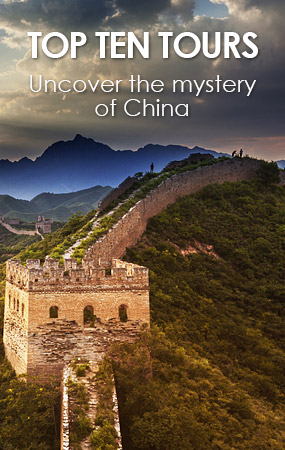Underground City
Beijing's Underground City, a bomb shelter under the city's center area, has been forgotten by local citizens for more than 20 years. It is not well known until opened to the public in 2000.
The tunnel began to build in 1969 and finished in 1979 with more then 300,000 labors involved. It is winding for over 30 kilometers and covers an area of 85 square kilometers, depth eight to eighteen meters under the ground, about a thousand anti-air raid structures equipped. The network probably links all central areas of Beijing even to as far as the Western Hills.
To provide enough construction materials for the complex, centuries-old historic sites like city walls, gates and towers that used to circle around ancient Beijing were demolished. The old city gates of Xizhimen, Fuchengmen, Chongwenmen and others are remembered in name only – only are two watchtowers Zhengyangmen and Deshengmen survived.
In the event of attack, the plan was to hide forty percent of the capital’s population and the remainder moved to the neighboring hills and wild places. It was said that some of the residences once had a secret nearby trapdoor leading to the tunnel. The facilities were built as much as the same like the usual life equipped with stores, restaurants, clinics, schools, theaters, reading rooms, factories, a grain and oil warehouse as well as barber shops and a mushroom cultivation farm with little light for growing foods.
The background is the Sino-Soviet border conflict in 1969 on Zhenbaodao Island of Heilongjiang River in northeast China. To avoid the possible nuclear attack from Soviet, Chairman Mao Zedong ordered the construction of the bomb shelter in case that the conflict gone worse. Since it is the largest underground city in the world, the Underground City also has another nickname the Great Wall Underground as the same purpose as the Great Wall: military defense.
Thankfully, the underground city has never needed for its initial purpose. Along the streets, some shelters are now used as low price hostels, shopping and business centers, even theaters. Though the tunnel has so many entrances and exits, the visitors usually see a small approved entrance via a small shop front in Qianmen, south of Tiananmen.

